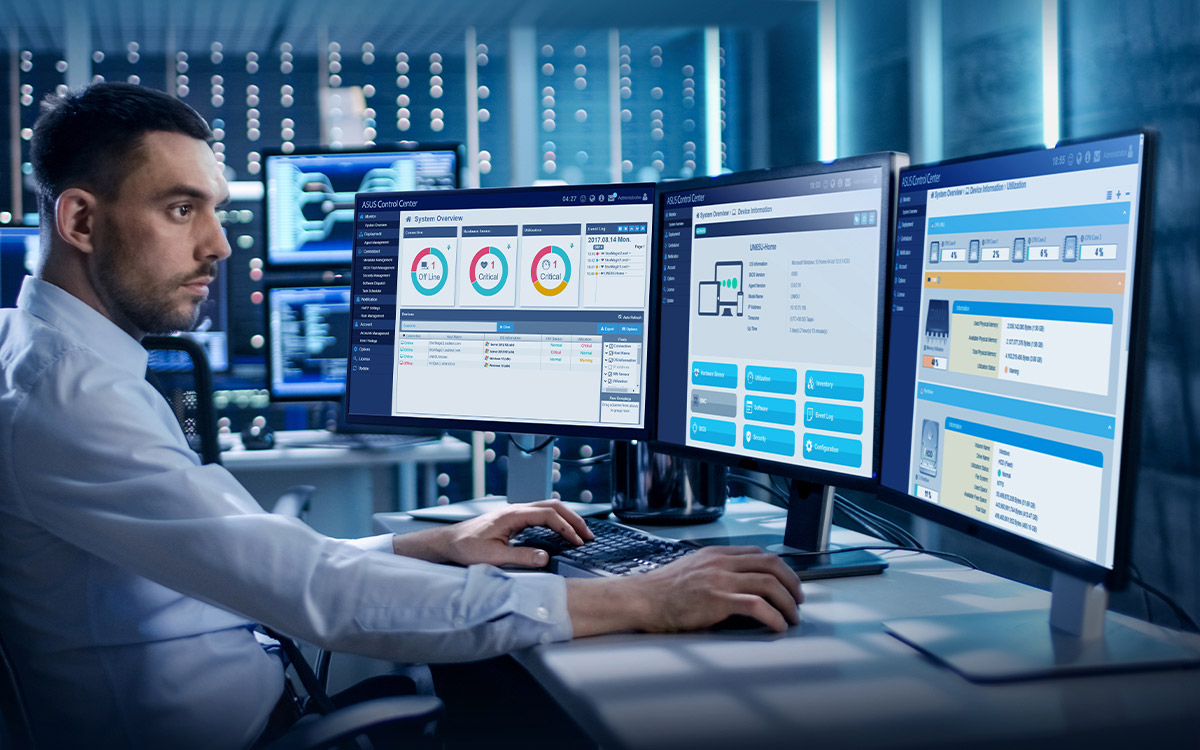In the digital era, understanding user interactions on your website or application is crucial for optimizing performance and enhancing user experience. This is where Event Tracking comes into play. It is an essential component of web analytics that helps businesses understand how users engage with their site. By monitoring actions like clicks, form submissions, and video plays, companies can gain valuable insights into user behavior and improve their strategies accordingly.
What is Event Tracking?
Event Tracking is a method used in web analytics to record interactions with elements on a website or app that don’t correspond to a web page loading. These could be various user activities, such as downloads, mobile ad clicks, gadgets, Flash elements, AJAX embedded elements, and video controls. Essentially, this technique helps in capturing data about how users interact with the interface elements that analytics wouldn’t typically track.
Importance of Analytics in Event Tracking
Integrating Analytics with event tracking enables businesses to measure specific KPIs and understand the effectiveness of their content. By analyzing this data, companies can see not just what users are clicking but also the context of those interactions. This insight is crucial for improving site architecture, enhancing user experience, and ultimately driving conversion rates.
Metrics to Monitor in Event Tracking
When setting up Event Tracking, it’s vital to decide which Metrics you want to monitor. These metrics might include the number of interactions per visit, the type of interactions, or the user journey path through these interactions. Such metrics help in understanding the user’s behavior, preferences, and pain points.
Understanding User Behavior with Event Tracking
One of the primary benefits of Event Tracking is its ability to provide insights into User Behavior. By understanding how users interact with various elements on your site, you can make informed decisions about design and functionality, cater to the preferences of your audience more effectively, and optimize user engagement.
Data Collection Methods
Effective Data Collection is fundamental for successful event tracking. It involves setting up the tracking code correctly on your website, ensuring that every user interaction is captured accurately. This data must then be analyzed to draw meaningful conclusions about user behavior and site performance.
Boosting Conversion Rates Through Event Tracking
Ultimately, the goal of analyzing user interaction through Event Tracking is to boost Conversion rates. By understanding the user’s journey and the points at which they engage most, businesses can fine-tune their strategies to convert potential leads into loyal customers.
Implementing event tracking requires a strategic approach to ensure that all significant interactions are captured and analyzed. It involves technical setup, continuous monitoring, and regular updates based on analytical insights. Businesses looking to leverage the full potential of event tracking should consider integrating comprehensive analytics tools that can help them track, analyze, and act on the data effectively.
In conclusion, Event Tracking is an invaluable tool for businesses aiming to understand and enhance user interactions on their digital platforms. By carefully monitoring and analyzing how users engage with various site elements, companies can make data-driven decisions that significantly improve user experience and increase conversion rates.
Ready to take your e-commerce to the next level? Register on our SmartEcomSuite to revolutionize your e-commerce platform. Visit https://smartecomsuite.com/register/ and join us today to start optimizing your digital interactions and boosting your business success!




